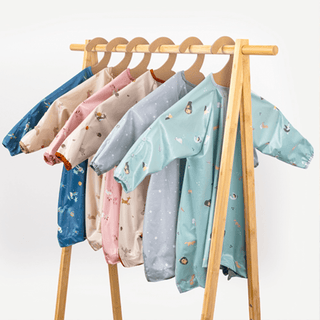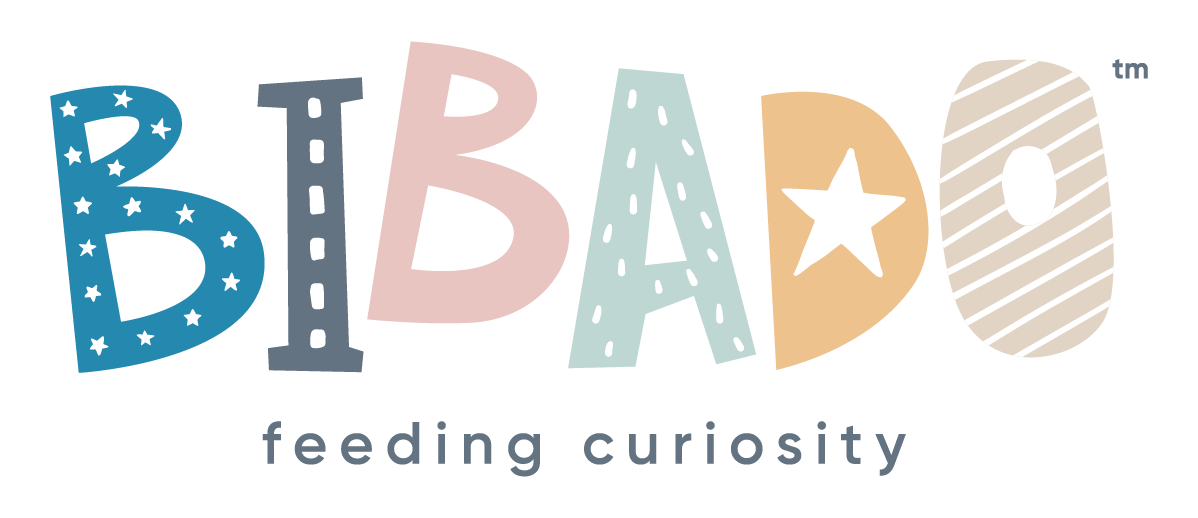Mealtime adventures are better with Bibado! Let our award-winning products make a difference to your weaning journey.
 Shop Now
Shop Now


Find out about some of the pitfalls parents experience when first starting out with baby-led weaning, and how to set yourself up to succeed.

Baby-led weaning is becoming increasingly popular compared to traditional weaning and purees because it puts little ones in charge of their eating. Parents or caregivers provide the food, while babies decide what to pick up, how they want to explore it, and if and when they want to put it in their mouths. Parents often say that babies who choose what to feed themselves have wider food tastes than those who are purely spoon fed. Evidence is mixed about whether baby-led weaning could stop babies becoming fussy eaters as they get older, but they are definitely more likely to become more confident eaters and enjoy a wider range of flavours and textures.

Every parent wants to do the very best for their baby as they grow and develop. There’s so much information out there in the world of the internet, which is excellent for picking up ideas and tips from child development experts and fellow parents. Unfortunately, there is also a lot of misinformation online. That, combined with the risk of information overload for stressed, overwhelmed or sleep-deprived parents, makes it easy to get confused. Here at Bibado, we’re working with leading experts in the world of weaning and nutrition to bring you the Feeding Curiosity podcasts - offering bitesize nuggets of information in an easy to digest format, if you’ll excuse the pun!
Here are a few common mistakes people make with baby-led weaning and how you can avoid making them too.
It can be tempting to start introducing food to your baby before they are developmentally ready, perhaps hoping that they’ll sleep better or be more content. Babies generally begin showing signs of readiness for weaning from around six months old, which is when the NHS recommends weaning should begin, but it may be slightly later, which is entirely normal. Equally, it’s fine to start weaning if your child is ready before they reach the six months milestone, especially if you’re advised to do so by a medical professional.
Signs of readiness include:
We cover more about readiness and how you can get your child involved in family mealtimes in the second of our Feeding Curiosity podcasts, in which Solid Starts founder Jenny Best introducing the idea of treating mealtimes like a dinner party.

To begin with, baby-led weaning is all about exploration, and it’s likely your little one won’t end up actually eating anything for a while. At Bibado, we love to embrace curiosity in children; helping them to learn and discover more about the world, especially when it comes to mealtimes. Babies are innately curious, and we can help them to develop this further by providing learning and sensory opportunities for them. Discovering what different foods feel, taste and smell like and how to go about picking them up is just as important as actually swallowing food, especially in the early days. Don’t be tempted to ‘help’ your baby by putting food into their mouth for them – they will do it in their own time.
Baby-led weaning is a messy business! Food will end up all over the highchair, floor, baby and probably you too! You might feel you need to wipe your little one’s face and hands as they eat to minimise the mess, but actually, this can hinder their learning. Mealtimes are a whole sensory experience for babies and toddlers, and getting covered in food is all part of that! You can make things easier by investing in a good baby weaning bib or coverall to protect their clothes and prevent so much food from reaching the floor, but save the flannel for their face and hands until the mealtime is over. Our clever Bibado Coverall is perfect for minimising mess while still allowing full fun and exploration of food, keeping their clothes underneath perfectly clean and dry!

In an ideal world, your whole family should sit down to enjoy every mealtime together. This isn’t always realistic, especially with working parents, children of different ages and a busy family life. Babies learn to bite, chew and swallow from watching and copying others, so if possible, try to eat with them as often as you can. Find out more about why this is so important in our recent blog, Why should you treat mealtimes like a dinner party? If you don’t get a chance to have an evening meal as a family each night, you could maybe sit and have a snack with them as they eat their dinner, rather than expecting them to sit in the highchair and eat on their own while you get on with cleaning the kitchen or prepping the next meal. Eating together and turning every meal into a social occasion for your baby will increase a sense of togetherness and enjoyment around mealtimes, which can only be a positive thing!
While we definitely want our children to enjoy their meals and to have foods they like, it’s important not to give up on other foods they may not have learned to enjoy just yet. It can take many attempts for little ones to learn to accept new food, especially as they get older and learn how to exert their opinions! Offer a variety at every meal, including foods you know your child likes and will eat happily, but also new foods or some they might have previously rejected. You could try serving foods in different ways - for example mashed, cut into batons or cut into circles. They may not eat it straight away, but regularly exposing them to these foods will make them more likely to accept them in the future.

Ultimately, introducing your baby to solid food should be an enjoyable and exciting adventure for both parent and child. Helping your little one learn to love mealtimes and to experience a variety of tastes and textures doesn’t need to be complicated. Episode 2 of our Feeding Curiosity podcast series talks more about introducing new foods, and provides some top tips on how to do it. Why not have a listen while you’re waiting for your baby to fall asleep, or whenever you get a quiet moment to yourself?
Follow us for more delicious, nutritious bite-size Bibado goodness